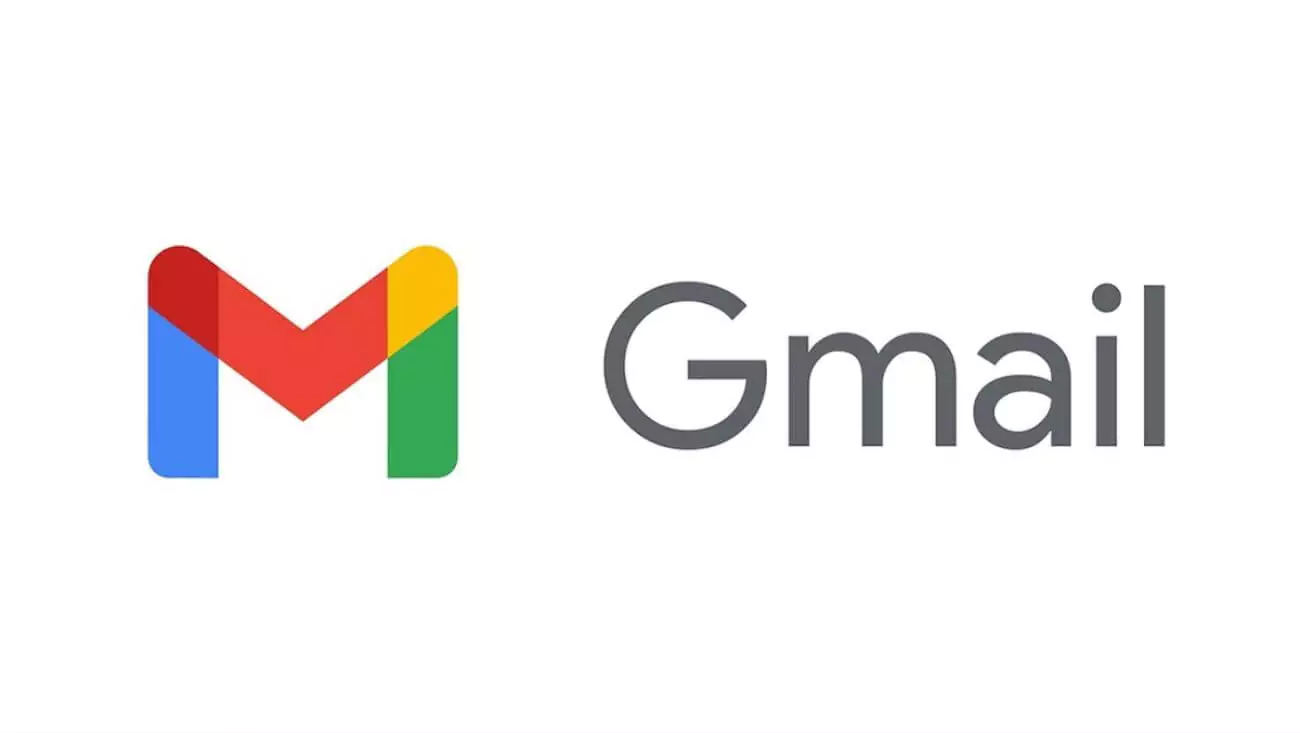A newly uncovered Gmail phishing scheme has not only duped individual users but is raising alarms among enterprise IT teams. By abusing Google’s OAuth and DKIM systems, attackers are sending seemingly legitimate emails from no‑[email protected], a tactic that could compromise both personal data and corporate networks.
This in‑the‑wild campaign was first detailed by Forbes and has since been confirmed by multiple outlets, including TechRadar and PCMag. Its sophistication lies in combining OAuth consent screens with DKIM‑signed messages, effectively turning Google’s security mechanisms against itself.
With enterprises increasingly reliant on cloud‑based email, the ramifications extend beyond individual account takeover. Malicious OAuth apps, once installed, can siphon corporate contact lists, confidential attachments, and even deploy ransomware.
Recently I was targeted by an extremely sophisticated phishing attack, and I want to highlight it here. It exploits a vulnerability in Google’s infrastructure, and given their refusal to fix it, we’re likely to see it a lot more. Here’s the email I got: pic.twitter.com/tScmxj3um6
— nick.eth (@nicksdjohnson) April 16, 2025
The attack emerges amid a broader spike in targeted phishing campaigns: industry data shows a 45% year‑on‑year increase in business email compromise (BEC) attempts, costing organizations an estimated $2 billion in 2024 alone. As Google moves to patch the immediate OAuth loophole, defenders are scrambling to shore up defenses across identity and access management (IAM) layers.
Security teams have observed three main stages:
-
Malicious App Registration. Attackers register an OAuth application that requests only basic scopes (email, profile), lowering suspicion during the consent prompt.
-
DKIM‑Signed Phishing Email. The app sends a phishing email from “no‑[email protected],” complete with a look‑alike subpoena notice; threads then escalate to fake security alerts.
-
Credential Harvesting. Victims who click through land on a “sites.google.com” page mimicking accounts.google.com, where credentials and 2FA codes are phished.
Such campaigns first caught mainstream attention when Ethereum Name Service developer Nick Johnson posted screenshots on Newsweek, noting that Google initially downplayed the issue. Within days, a formal fix was rolled out to revoke unauthorized apps and enforce stricter DKIM policies.
Why Enterprises Are Especially Vulnerable
Unlike consumer accounts, corporate Google Workspace users often have SSO (Single Sign‑On) and automated provisioning linked to OAuth apps. An attacker who secures a single admin’s consent could programmatically add their malicious app across thousands of seats. The result: a backdoor into internal communications and drive‑by infection vectors for phishing payloads.
A recent survey by a leading cybersecurity firm found that 62% of organizations have at least one unrecognized OAuth application connected to their corporate email tenants. With many teams reluctant to remove apps that appear benign, the attack surface only grows.
Mitigation Strategies for IT Teams
Beyond Google’s own patches, security leaders should consider:
-
OAuth App Governance. Enforce a whitelist of approved apps and block all others at the tenant level.
-
Advanced Email Filtering. Deploy zero‑trust gateways that analyze link reputations in real time—even on DKIM‑authenticated mail.
-
Continuous Monitoring. Set up SIEM alerts for unusual OAuth token activity and consent grants outside normal business hours.
-
Employee Training. Run simulated phishing exercises that include OAuth consent scenarios.
For an in‑depth guide on hardening email security, visit our Technocodex resource on protecting against phishing.
The Role of User Awareness
Even the best‑configured systems rely on informed users. Key recommendations include:
-
Inspect Consent Screens. Pause and read the OAuth app’s permission request; look for red flags like vague app names or unclear scopes.
-
Verify Link Destinations. Hover over links to confirm they point to google.com subdomains, not look‑alikes.
-
Use Passkeys Where Possible. Passkeys eliminate passwords entirely, rendering credential‑harvesting attempts useless.
-
Report Immediately. Encourage staff to use the “Report phishing” feature in Gmail and channel incidents through IT for rapid response.
What Comes Next?
Phishing tactics are evolving toward deeper platform abuse. Beyond email, experts warn of OAuth phishing targeting cloud storage, calendars, and messaging services. As Google expands its Workspace ecosystem, each new integration becomes a potential vector.
Security vendors are racing to integrate AI‑powered threat detection that analyzes consent patterns, URL behaviors, and domain reputations holistically. Meanwhile, regulatory pressure mounts: several countries are considering mandates for mandatory 2FA and passkeys on all corporate email accounts.
Conclusion
The latest Gmail phishing campaign is a wake‑up call for both individuals and enterprises: no platform is immune once attackers learn to weaponize its trusted features. By combining technical controls—such as app whitelisting and zero‑trust gateways—with ongoing user education, organizations can raise the bar against these next‑generation cyber threats. Stay proactive, and ensure your teams are prepared for the phishing attempts still to come.







